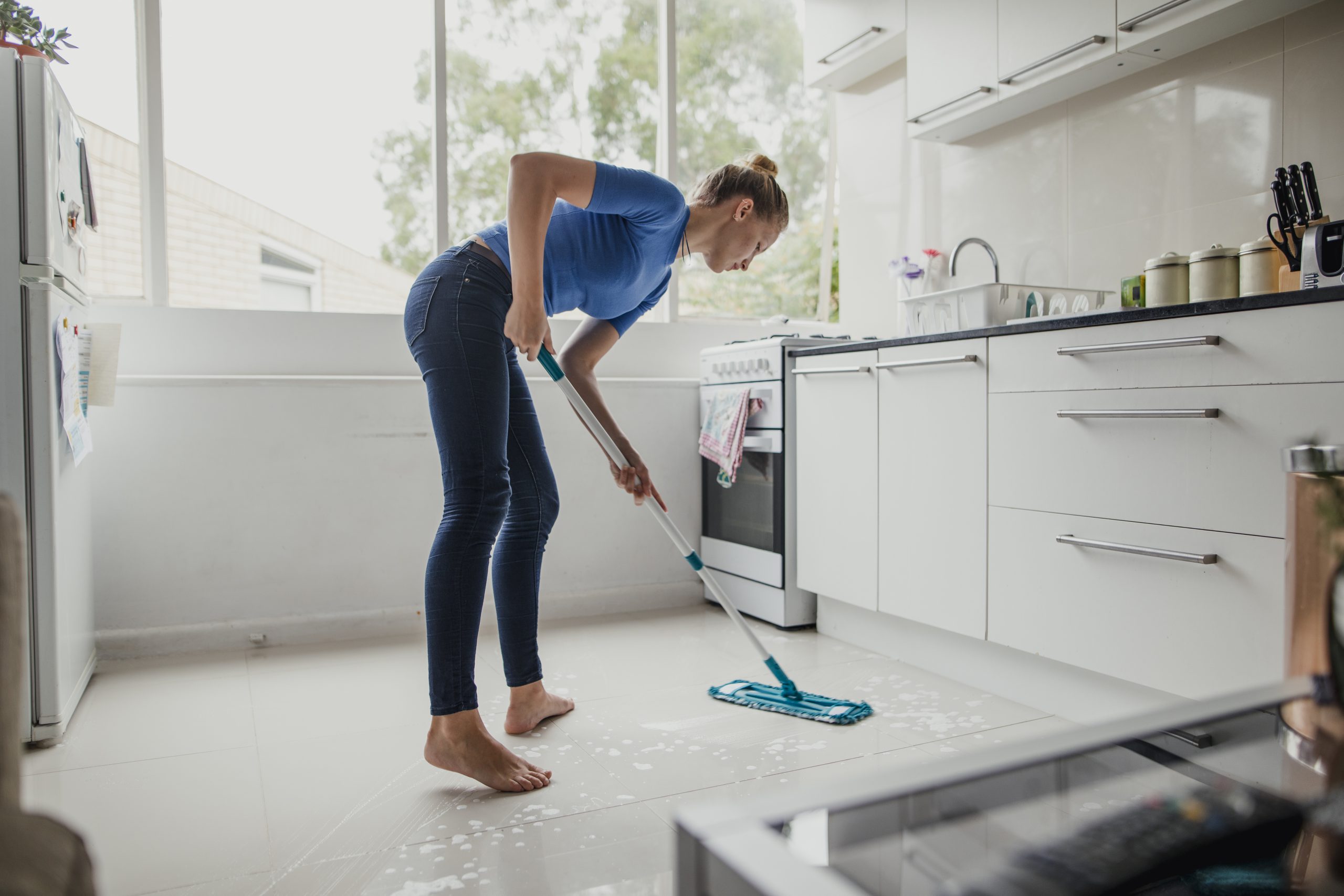
We all like to think of our homes as a sanctuary, safe from the trials and troubles of the world around us.
But dangers to our health can lurk in the darkest corners and, sometimes, right in plain sight.
Keeping a clean home contributes significantly to the maintenance and value of your property, as well as ensuring your loved ones enjoy living in a safe environment.
Below are my eight top tips for keeping your home healthy and safe.
Bleach, baby
It’s easy to forget that we’re dealing with chemicals when cleaning our homes. Some don’t play nicely, like bleach and ammonia. They create a toxic vapor when combined. A golden rule is never to mix bleach with anything; that way, you should stay clear of most issues.
Smell not so sweet
Ventilate rooms when using bleach to clean. It’s common to suffer from a sore throat and stinging in the eyes when using bleach in an enclosed bathroom. Keep the door and a window open to create a flow of air.
Fire risks
Leaving clothes too close to a heater causes more domestic fires than anything else. Another risk is the ignition of lint in a dryer. So, clean out the lint trap regularly.
Cold facts
A dirty fridge is another health risk. Clean the shelves regularly to prevent bacteria from forming. Never store red meat near dairy products. Meat juices dripping on to other food is a serious health risk. Place meat in an enclosed container before storing it in the fridge.
Moldy moments
Don’t leave mold unattended. It’s most often visible in those hard-to-reach areas of the bathroom. The kitchen exhaust fan is another breeding ground. Damp clothes in the closet create an environment where mildew thrives. Mold and mildew cause throat irritation and respiratory problems.
Hot debate
There’s a school of thought that says self-cleaning ovens cause harmful fumes when they reach 700f (370C+) to burn food and grease from the oven walls and reduce them to a smoky dust. Allegedly, at these temperatures, fumes from Teflon can cause irritation to humans and be harmful to small pets.
Not so juicy
Never use a knife to cut vegetables that you’ve just been wielding on raw meat. Meat juices can react and cause harmful bacteria. Wipe the knife clean with hot soapy water before reusing.
Unkind cut
You should also avoid cutting raw meat on a wooden cutting board as the juices penetrate the wood. If you do, scrub it back using soapy water before reusing. It’s best to cut raw meat on a plastic board and wipe it clean afterwards.
